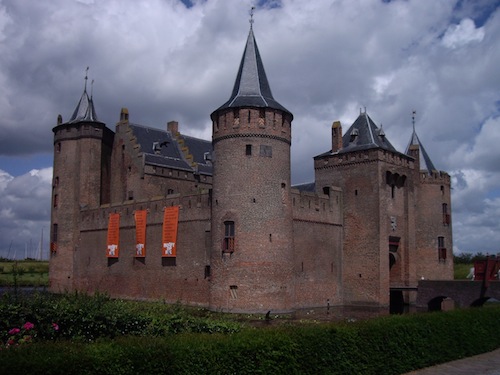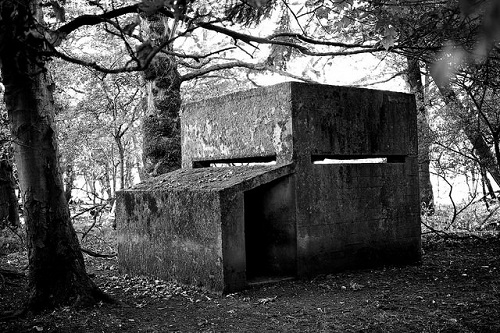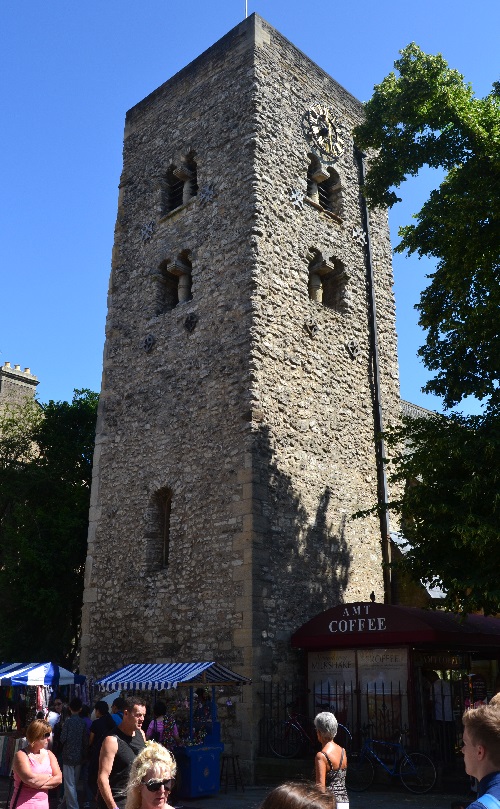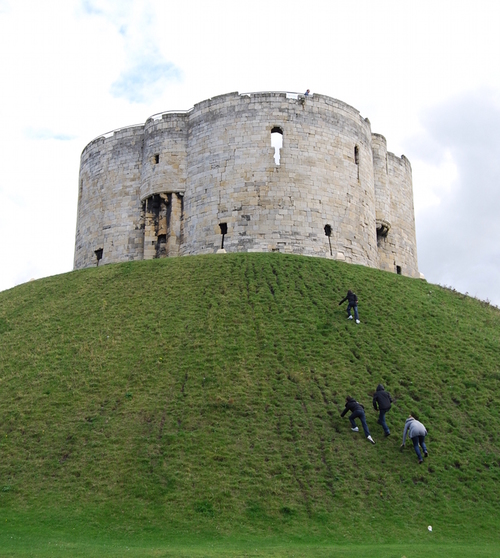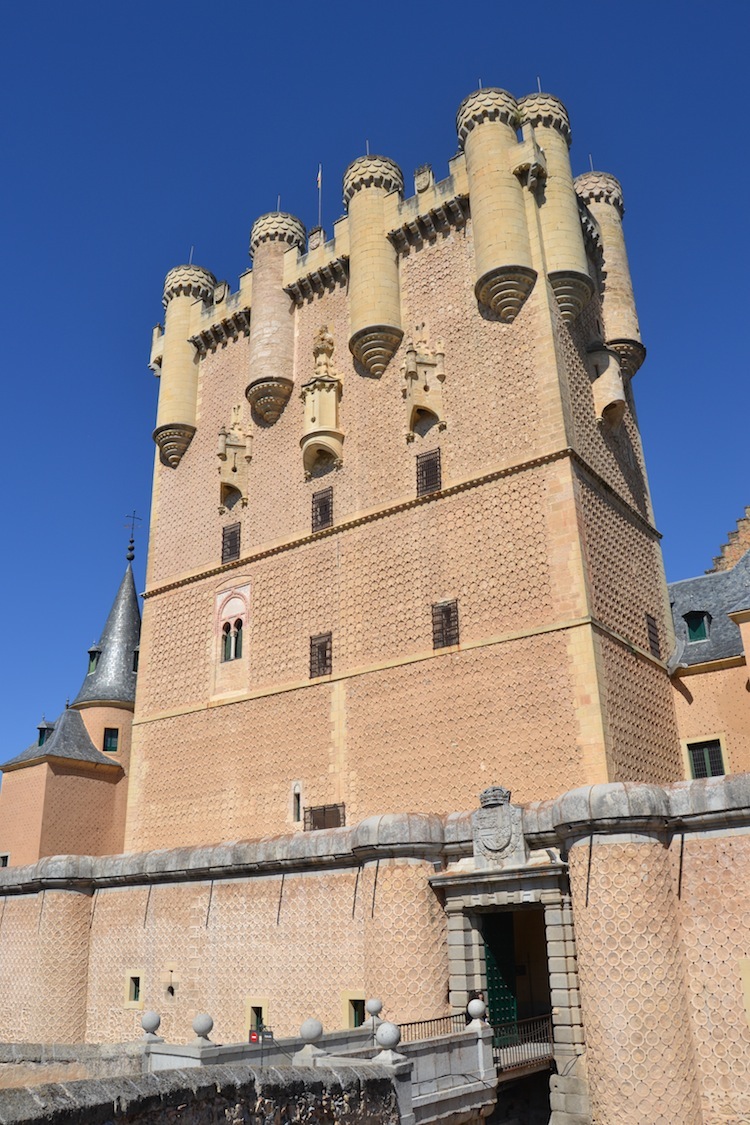The Round Table at Winchester Castle: A Genuine Arthurian Fake
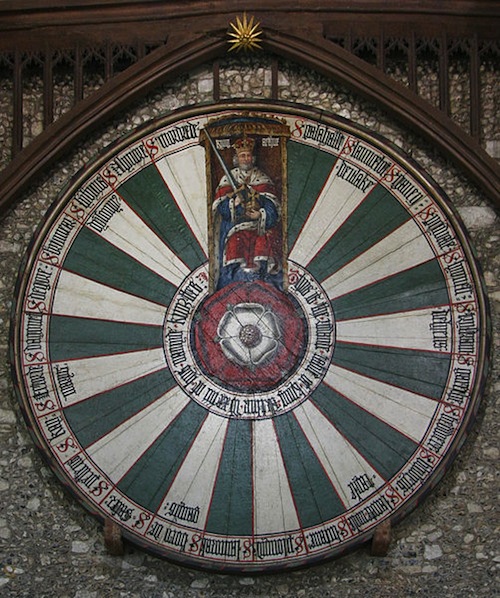
King Arthur and his Knights of the Round Table are shrouded in myth. While stories of their deeds have been popular since the Middle Ages, there’s no hard evidence that they actually existed…
…except that the Round Table hangs in the Great Hall of Winchester Castle!
Well, not really. For centuries it was reputed to have been the genuine article, until archaeologists took it down in 1976 and using radiocarbon and tree ring dating found that it had been made in the 13th or early 14th century, long after King Arthur and his merry knights were supposed to have lived.
Killjoys.
The dates vindicate historians’ long-held belief that the table was made by King Edward I (reigned 1272-1307) around the year 1290 to celebrate the betrothal of one of his daughters. Generally a tournament would be held on such an occasion, and since the chivalry of the day loved to hear stories of Arthurian romance and derring-do, a Round Table would be a fitting decoration. Places around the table are set with the names of Arthur and 24 of his famous knights such as Lancelot and Galahad. One wonders if Edward and his knights actually sat around the table for a feast, and which real-life knights were honored with which places.
